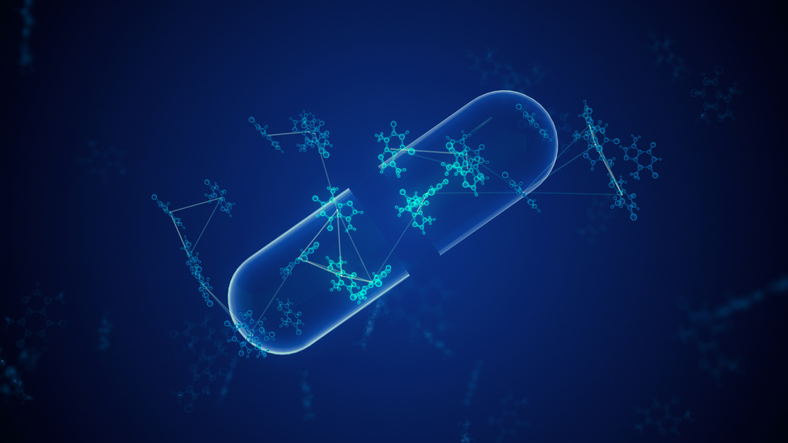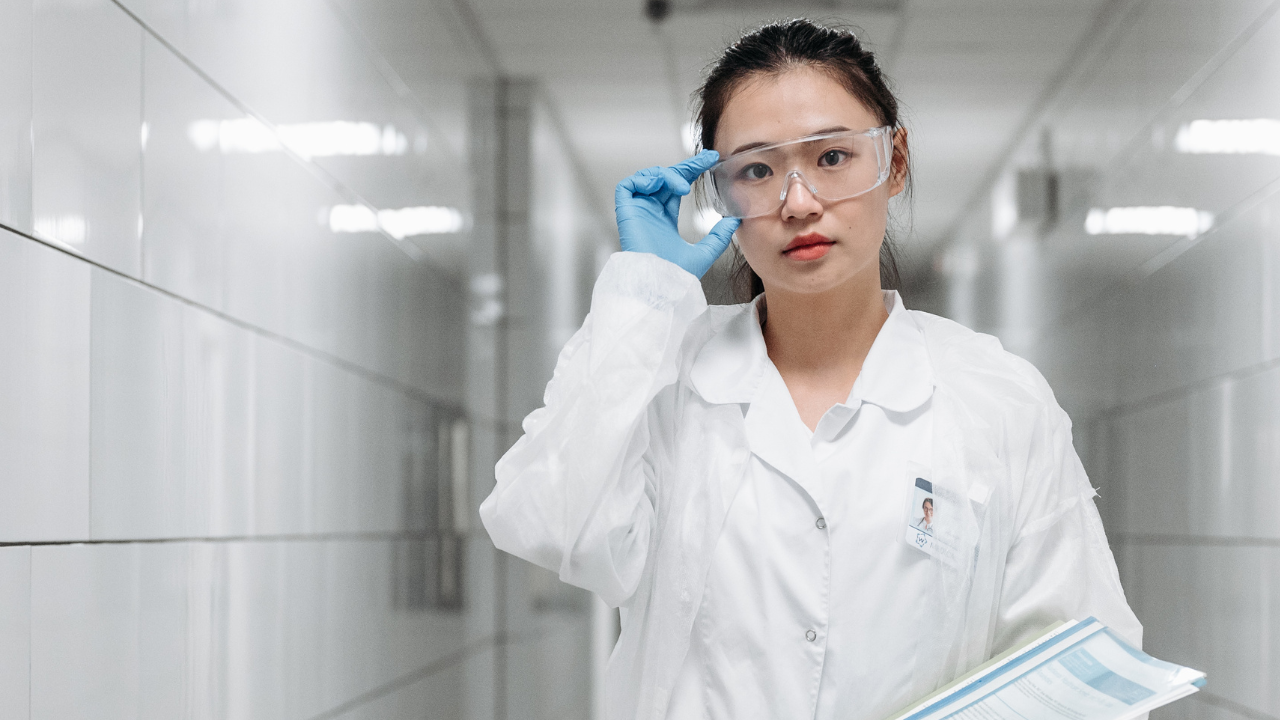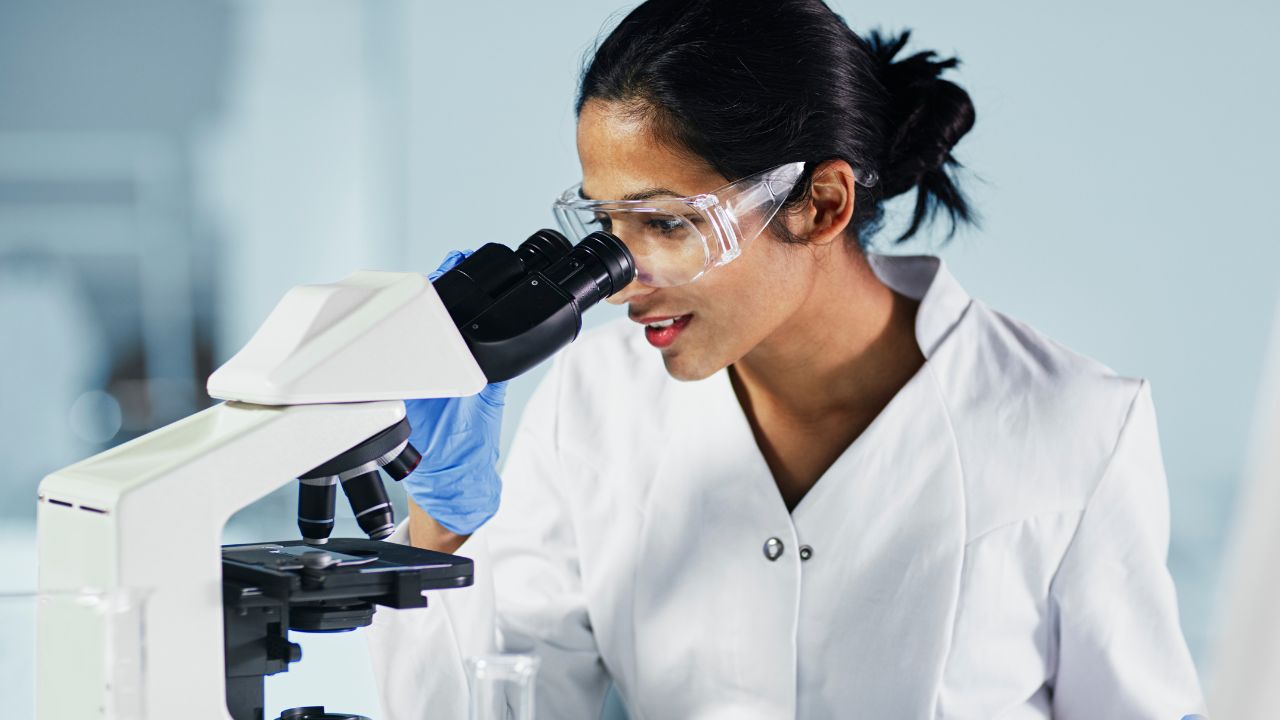Revolutionising Antibiotic Discovery: How AI is Transforming the Search for New Antibiotics
16 Jun, 20239:35One of the most pressing issues facing the healthcare industry is the increasing threat of a...

One of the most pressing issues facing the healthcare industry is the increasing threat of antibiotic resistance. Antibiotics play a crucial role in treating bacterial infections, but the overuse and misuse of antibiotics have led to the emergence of drug-resistant bacteria. With bacteria growing resistant quicker than human scientists can fight them, can the boom in AI swing the tide of the battle in the other direction?
Introduction to Antibiotic Discovery
The discovery of antibiotics revolutionised the field of medicine, allowing us to treat bacterial infections that were once fatal. However, the effectiveness of antibiotics is now threatened by growing antibiotic resistance. Bacteria can develop antibiotic resistance through natural selection or by acquiring resistance genes from other bacteria. The misuse and overuse of antibiotics have accelerated the development of antibiotic resistance, making it difficult to treat bacterial infections.
Traditional antibiotic discovery methods are time-consuming, expensive, and often ineffective. Screening natural products for antibiotic activity is a laborious process that involves isolating and testing thousands of compounds. Synthesising new compounds is also a challenging process that requires significant resources. Even when a compound shows promising activity against bacteria, it may not be suitable for use as an antibiotic due to toxicity or other issues.
As a result, the discovery of new antibiotics has become increasingly difficult due to the limited number of compounds that show activity against bacteria and the growing problem of antibiotic resistance. A breakthrough in the speed and effectiveness of antibiotic research is increasingly urgent.
How AI is Transforming the Search for New Antibiotics
While AI has been around for decades, its biggest drawback has been computational power and its ability to process large amounts of data quickly. Computation speed, big data, and cloud computing have been solving this issue, and the amount of data available for machine learning is enormous. This has led to massive strides in the learning capabilities of AI. The last decade has seen enormous progress in the power of algorithmic learning, leading to technology that can push the boundaries of research more than ever.
AI is transforming the search for new antibiotics by enabling scientists to discover new antibiotics more quickly and efficiently. Machine learning algorithms can analyse large datasets of chemical compounds and predict which compounds are most likely to have antibiotic activity. This approach is known as in-silico screening and can potentially accelerate the discovery of new antibiotics.
AI can also be used to design new antibiotics. By analysing the structure of existing antibiotics and their interactions with bacteria, machine learning algorithms can generate new compounds likely to have antibiotic activity. This approach is known as rational drug design and has the potential to produce new antibiotics that are more effective and less toxic than existing antibiotics.
The Benefits of Using AI in Antibiotic Discovery
The use of AI in antibiotic discovery offers several benefits over traditional methods. For example:
- AI can analyse large datasets of compounds more quickly and accurately than humans, enabling scientists to identify new antibiotics more efficiently.
- AI can also predict which compounds are most likely to have antibiotic activity, reducing the number of compounds that need to be tested in the lab, which saves time and resources and accelerate the discovery of new antibiotics.
AI can also be used to design new antibiotics that are more effective and less toxic than existing antibiotics. By analysing the structure of existing antibiotics and their interactions with bacteria, machine learning algorithms can generate new compounds optimised for antibiotic activity. This approach can produce new antibiotics that are more effective against antibiotic-resistant bacteria and have fewer side effects than existing antibiotics.
Examples of AI-Powered Antibiotic Discovery
Several companies and research institutions are using AI to discover new antibiotics. One such company is , which uses AI to design new compounds that can be used to treat cancer, other diseases, and bacterial infections. The company has developed an AI-powered platform called GENTRL that can generate new compounds with specific properties, including antibiotic activity.
Another company that is using AI to discover new antibiotics is The company operates deep learning algorithms to analyse large databases of chemical compounds and predict which compounds are most likely to have antibiotic activity. The company has partnered with several pharmaceutical companies to develop new antibiotics using their AI-powered platform.
Researchers from MIT have also made recent breakthroughs in AI antibiotic research. The first was by using a machine-learning algorithm that identified a medication known as halicin, which successfully killed multiple strains of bacteria.
This drug was successful in combating various types of bacteria, including hard-to-treat, antibiotic-resistant strains. Additionally, when the drug was administered to mice, it could clear infections in two different models.
Scientists from MIT have also partnered with McMaster University scientists to use artificial intelligence to discover a potentially useful antibiotic against a deadly, drug-resistant pathogen that preys on susceptible hospital patients. The bacteria Acinetobacter baumannii is commonly seen in medical settings, where it can persist on surfaces for extended periods and can result in pneumonia, meningitis, and wound infections.
These examples have shown that machine learning can quicken the identification of antibiotics that can be used against a multitude of complicated bacterial infections, by rapidly scanning and testing huge pools of data. This substantially increases the probability and speed of uncovering never-before-seen antibacterial molecules.
The Future of AI in Antibiotic Discovery
The use of AI in antibiotic discovery is still in its early stages, but it has the potential to revolutionise the field. As AI algorithms become more sophisticated and datasets become more extensive, scientists can discover new antibiotics more quickly and efficiently. AI may also enable the discovery of new antibiotics that are more effective against antibiotic-resistant bacteria and have fewer side effects than existing antibiotics.
However, some challenges need to be addressed. Using AI in antibiotic discovery raises ethical considerations, such as the ownership and sharing of data and the potential for bias in algorithmic decision-making. These issues must be addressed to ensure that the use of AI in antibiotic discovery is ethical and equitable.
Ethical Considerations of Using AI in Antibiotic Discovery
The use of AI in antibiotic discovery raises several ethical considerations. One of the main ethical issues is the ownership and sharing of data. AI algorithms require large datasets to train and improve their performance. However, these datasets may contain sensitive information that needs to be protected. There is also the issue of who owns the data and who has the right to use it.
Another ethical issue is the potential for bias in algorithmic decision-making. AI algorithms are only as unbiased as the data used to train them. If the data contains biases, such as racial or gender bias, the algorithm may also be biased, which can have severe implications for discovering new antibiotics and the healthcare industry.
Companies like Google and OpenAI invest heavily in training AI around these issues, analysing results and developing solutions to avoid bias. However, as the complexity of AI increases, AI developers will need to monitor and adapt their solutions constantly. This work is critical to obtain fair and representative healthcare for all.
Conclusion: The Role of AI in Revolutionising Antibiotic Discovery
In conclusion, the use of AI in antibiotic discovery has the potential to revolutionise the field by enabling scientists to discover new antibiotics more quickly and efficiently. AI can also be used to design new antibiotics that are more effective and less toxic than existing antibiotics. However, ethical considerations also need to be addressed to ensure that the use of AI in antibiotic discovery is ethical and equitable.
The use of AI in antibiotic discovery has several implications for the healthcare industry, including the potential to reduce the incidence of bacterial infections and optimise antibiotic use. As AI algorithms become more sophisticated and datasets become more extensive, the role of AI in antibiotic discovery will only continue to grow.
NES Fircroft in the Life Science Industry
The Life Science industry is going through a significant transformation. While AI can continue to drive innovation, there is still huge demand for experts to use data to innovate and evolve medical solutions through research through to delivery and care.
For over 20 years, NES Fircroft has supported the Life Science market by providing highly experienced professionals for engineering, scientific, and commercial roles in the biotechnology, pharmaceutical, diagnostics, and medical devices industries. We can supply permanent and contract candidates across Quality, Clinical, Regulatory/Compliance, and Engineering disciplines.
If you're looking for skilled personnel or new job opportunities in Life Science, get in touch with our dedicated recruitment teams to explore how we can assist you.











